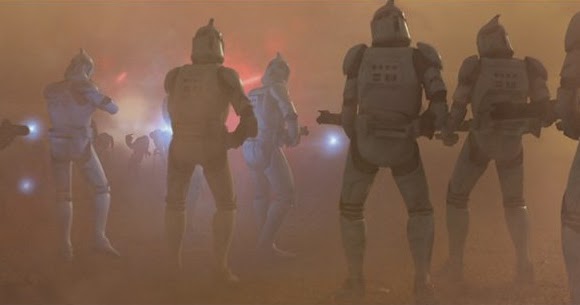Being a teenager is hard; there are constant social and emotional pressures that have just been introduced into the life of a middle or high schooler, which combines with puberty to create a ticking time bomb. By looking at the constant exposure to unreasonable expectations smartphones and social media create, we can see that smartphones are leading to an increased level of depression and anxiety in teenagers, an important issue because we need to find a safe way to use smartphones for the furture generations that are growing up with them.
Social media is a large part of a majority of young adults life, whether it includes Instagram, Facebook, Snapchat, Twitter, or some combination of these platforms, most kids have some sort of presence online. Sites like Facebook and Instagram provide friends with a snapshot of an event that happened in your life, and people tend to share the positive events online, but this creates a dangerous impact on the person scrolling. When teens spend hours scrolling through excluisvely happy posts, it creates an unrealistic expectation for how real life should be. Without context, teenagers often feel as if their own life is not measuring up to all of their happy friends, but real-life will never measure up to the perfect ones expressed online.
Picture
Picture
Furthermore, social media sites create a way for teenagers to seek external validation from likes and comments, but when the reactions online are not perceived as enough it dramatically alters a young adults self-confidence. This leads to the issue of cyberbullying. There are no restrictions on what you can say online, sometimes even annonimously, so often people choose to send negative messages online. Bullying is not a new concept, but with online bullying, there is little to no escape as a smartphone can be with a teenager everywhere, and wherever the smartphone goes the bullying follows.This makes cyberbullying a very effective way to decrease a youth's mental health, in fact, cyberbullying triples the risk of suicide in adolescents, which is already the third leading cause of death for this age group.



